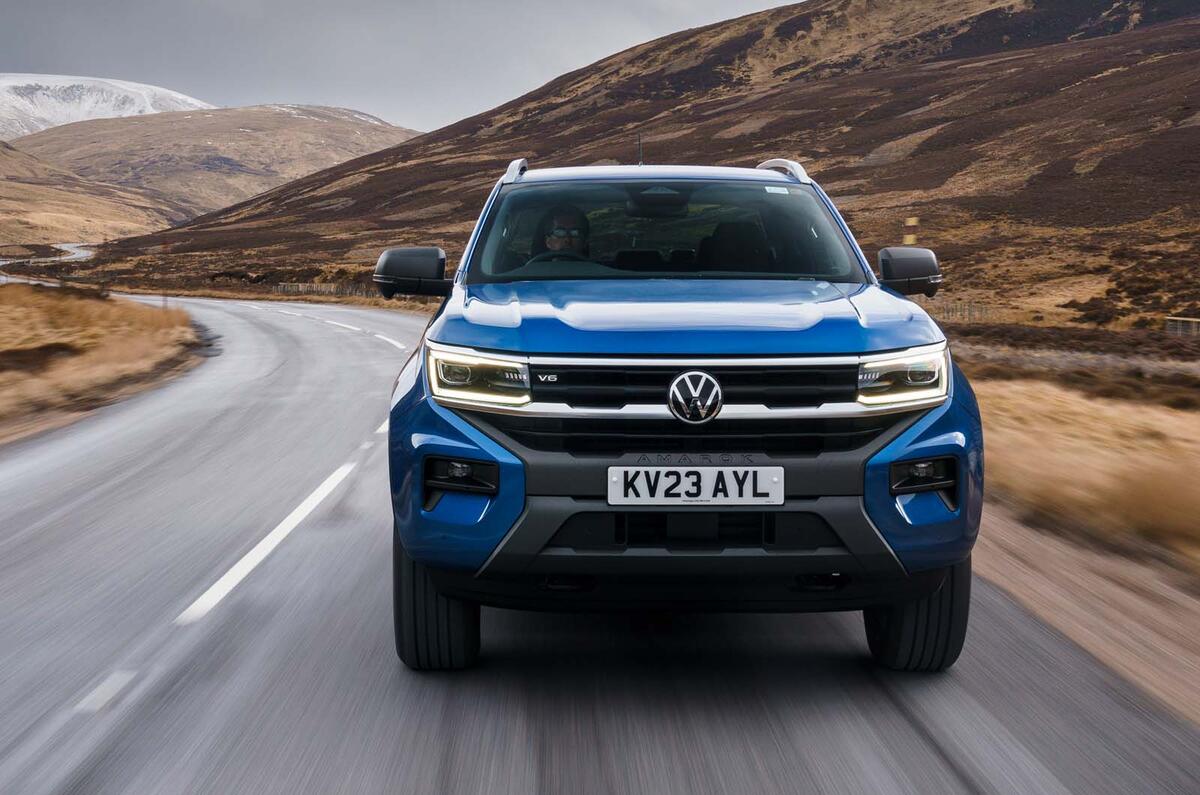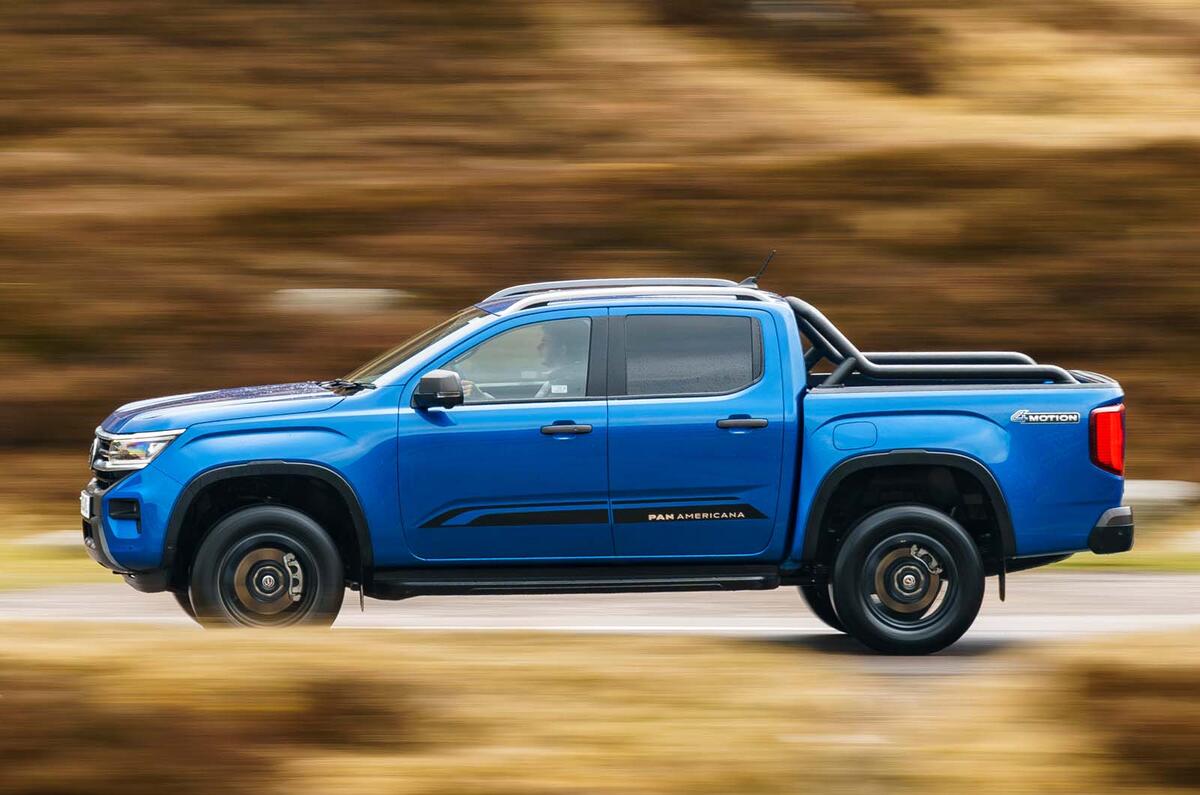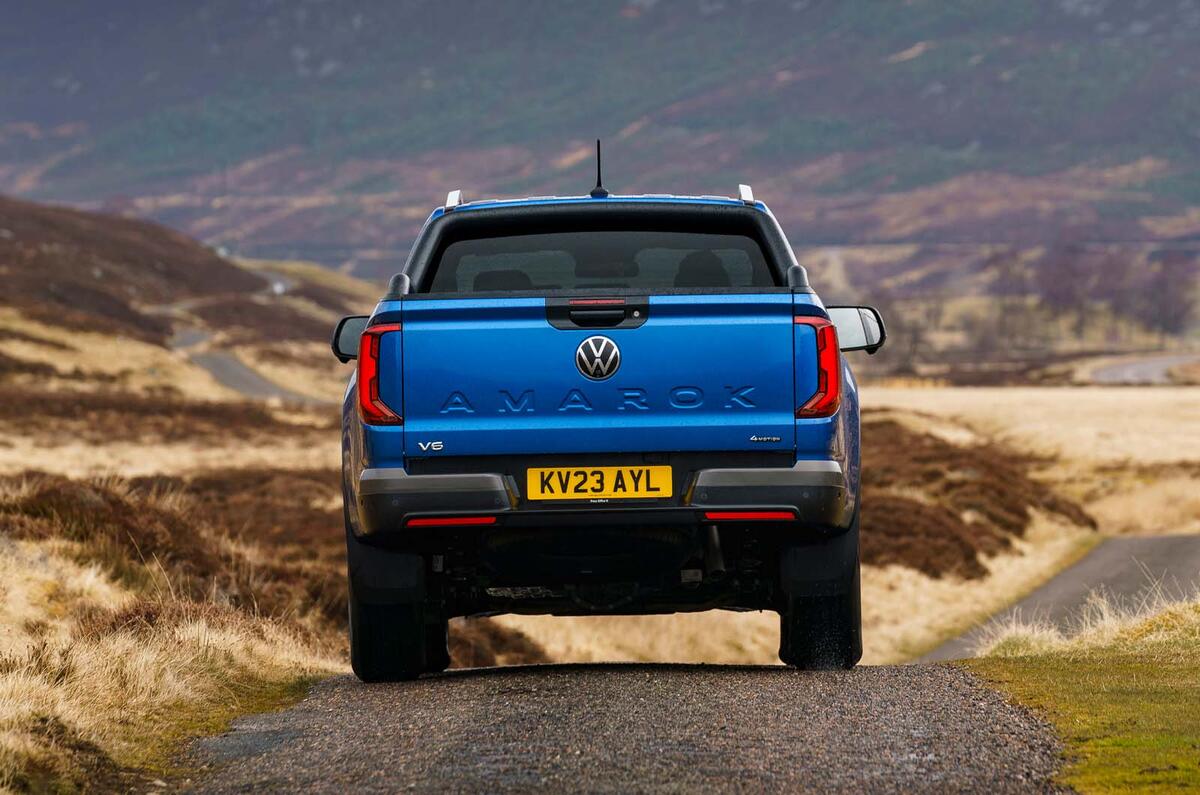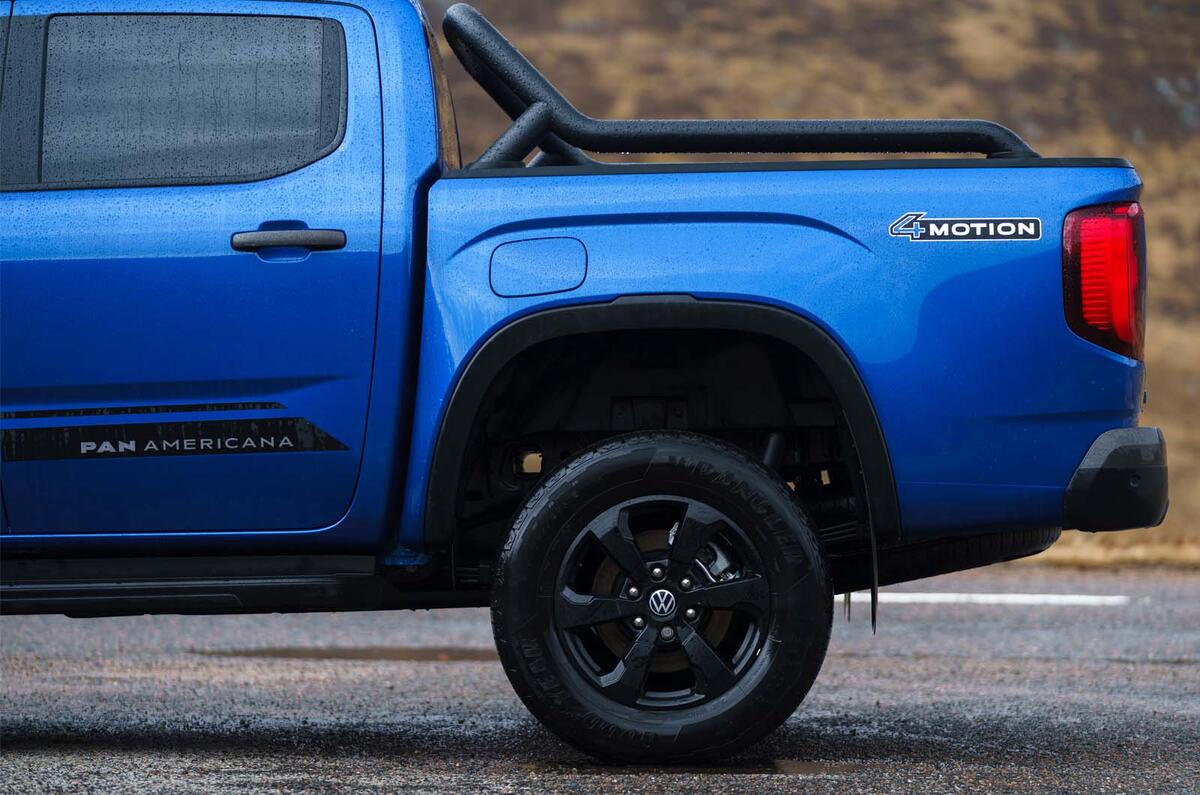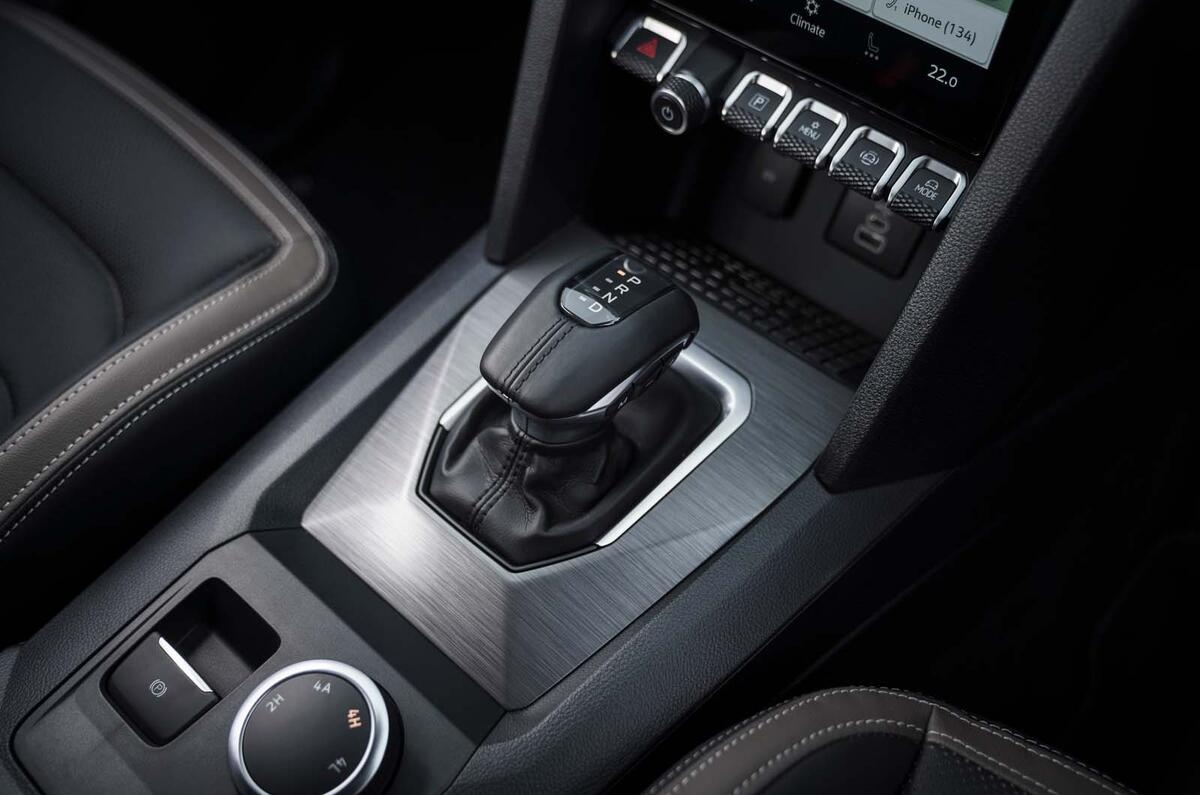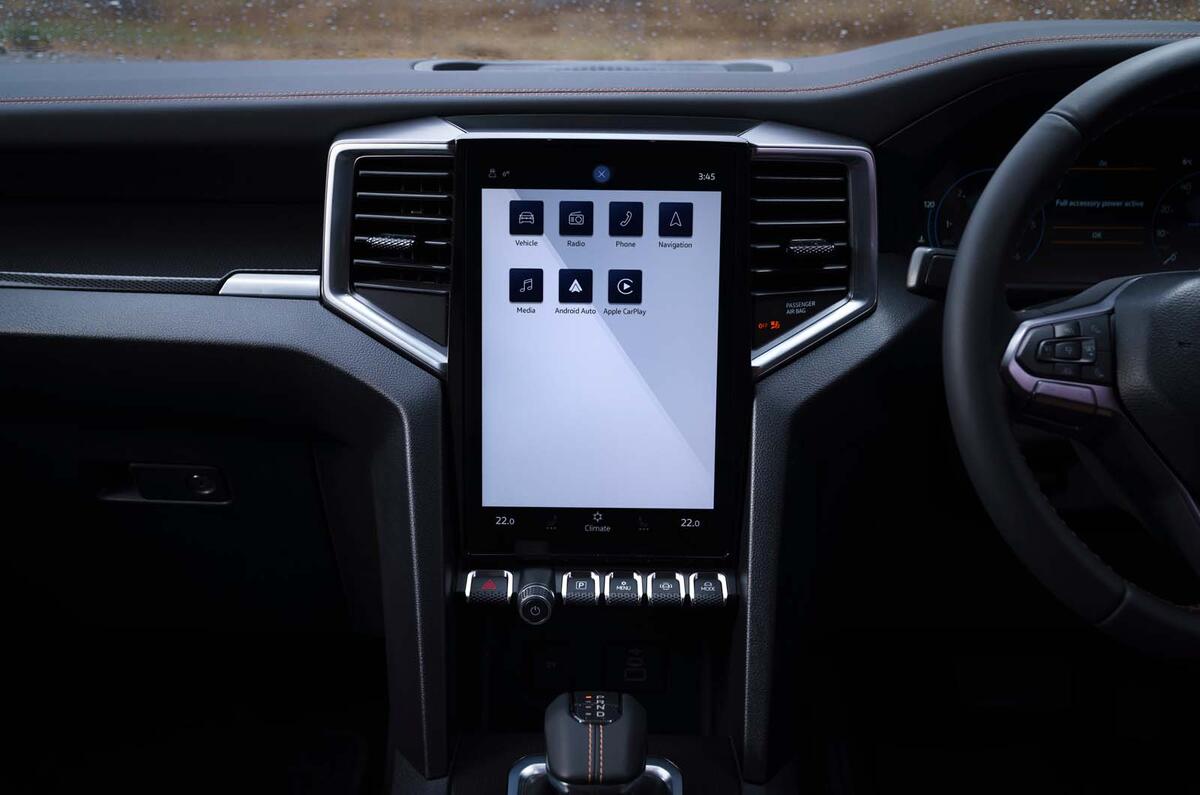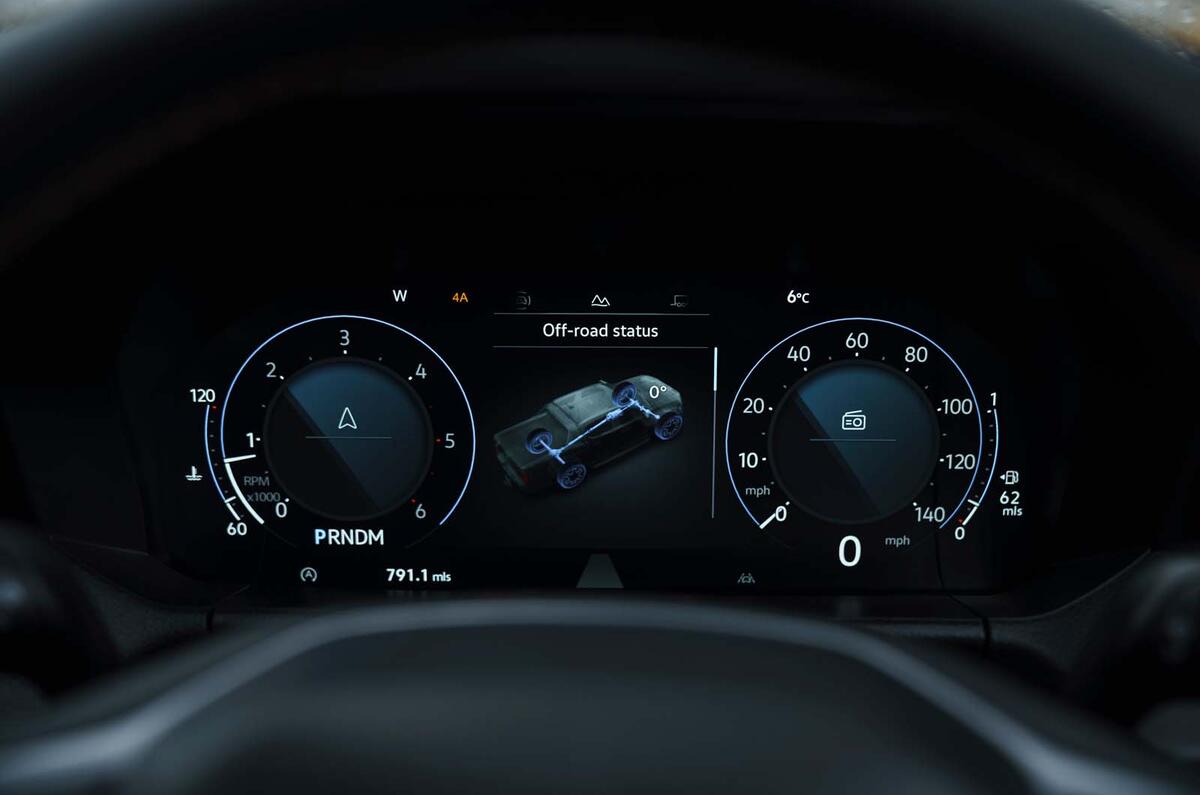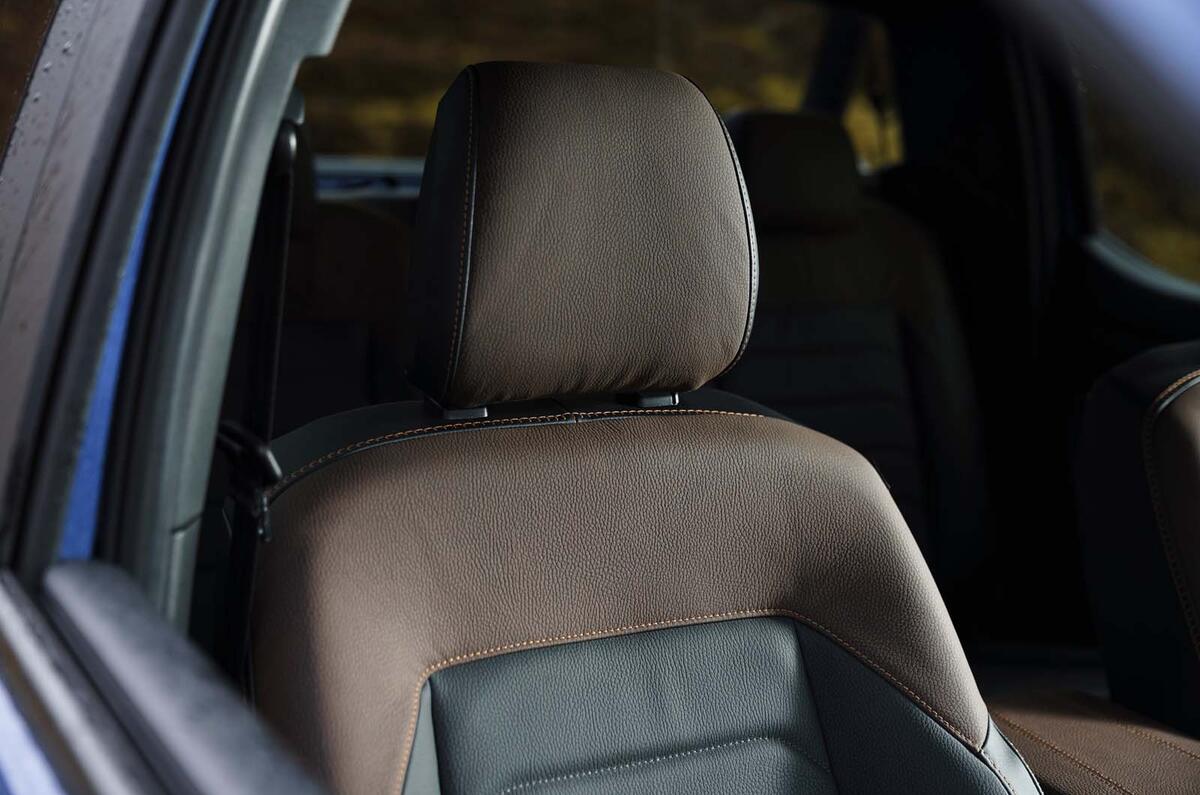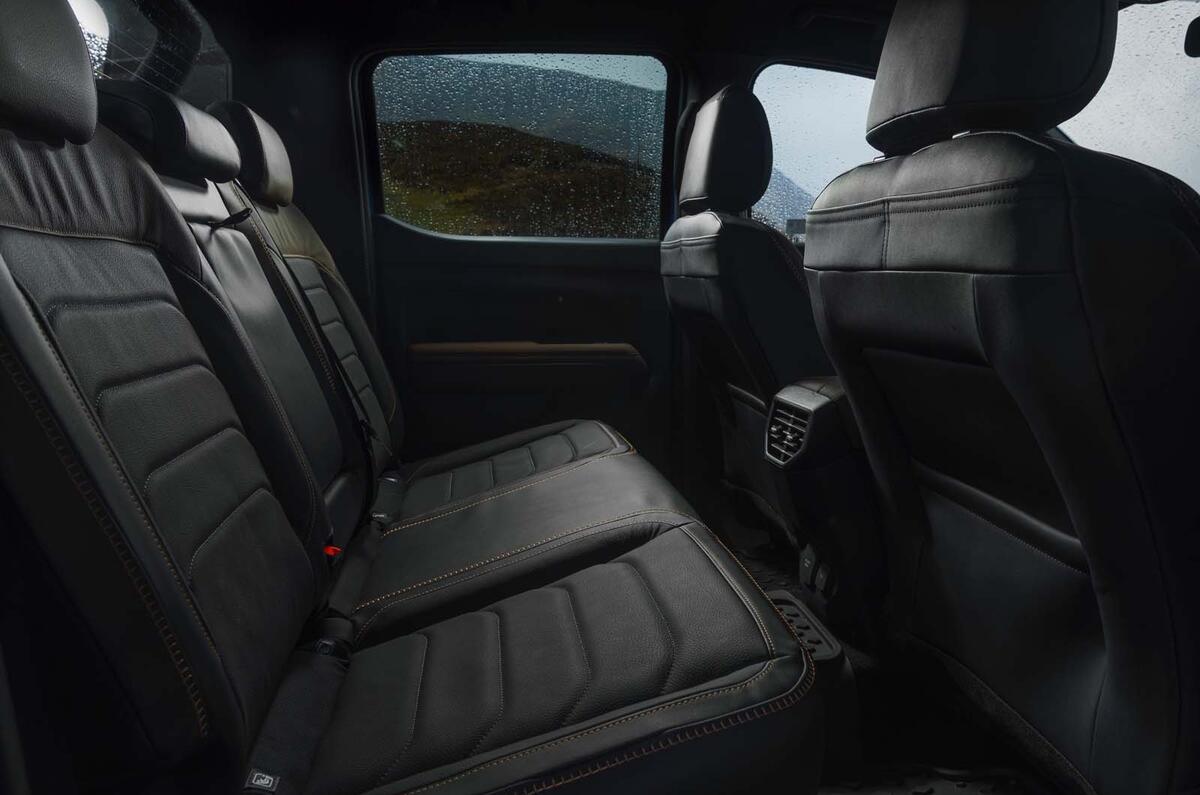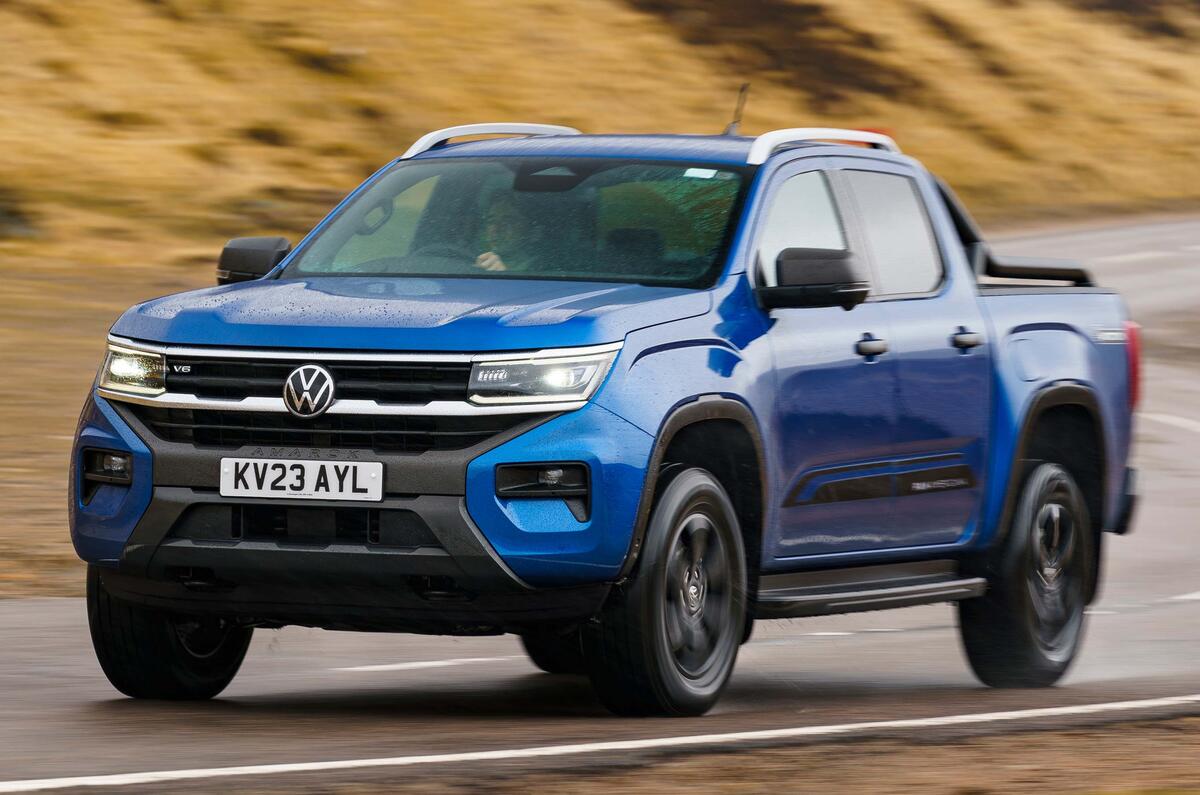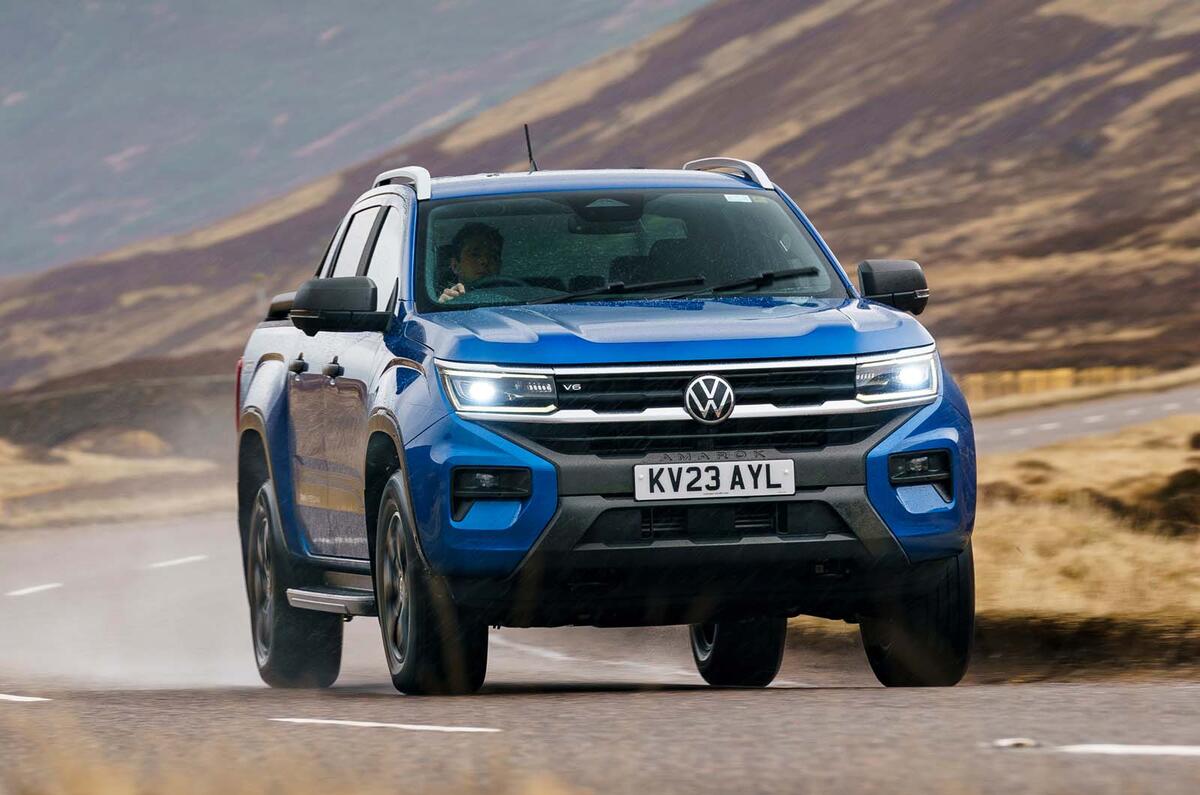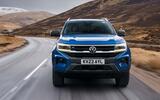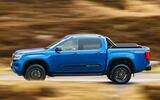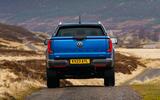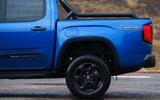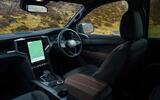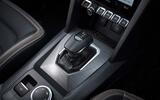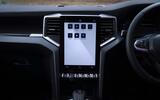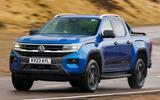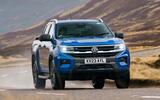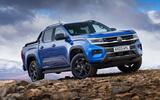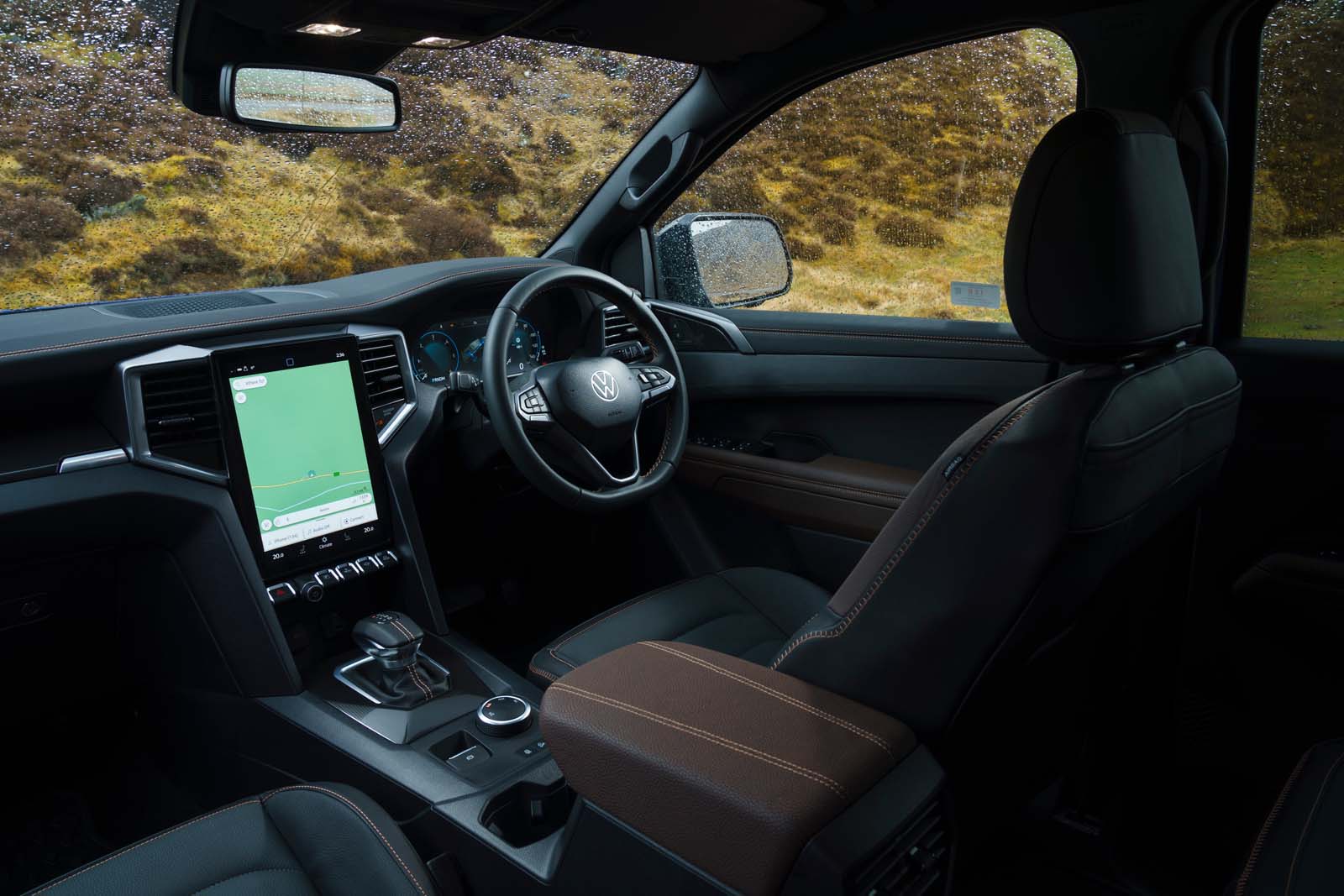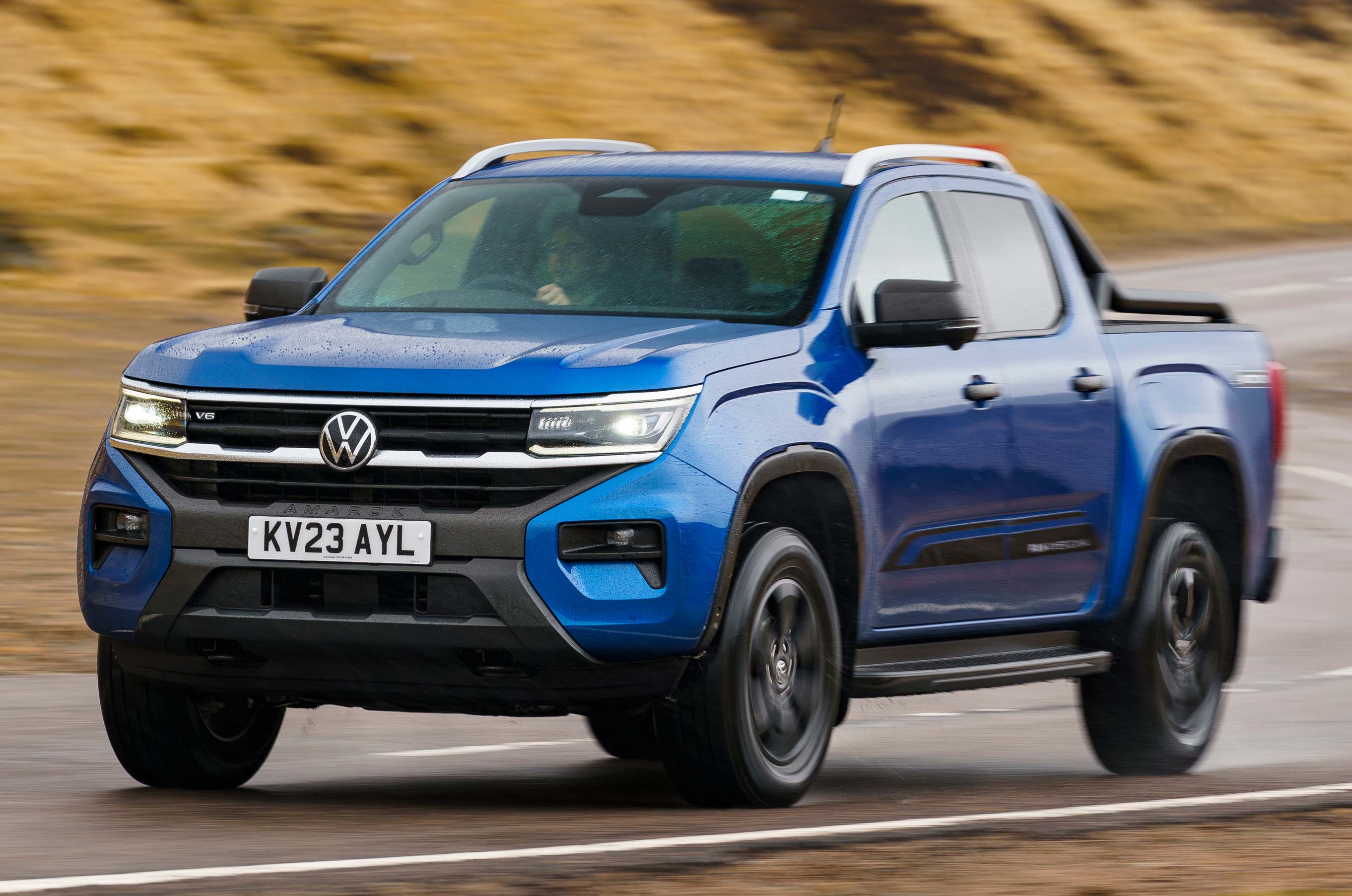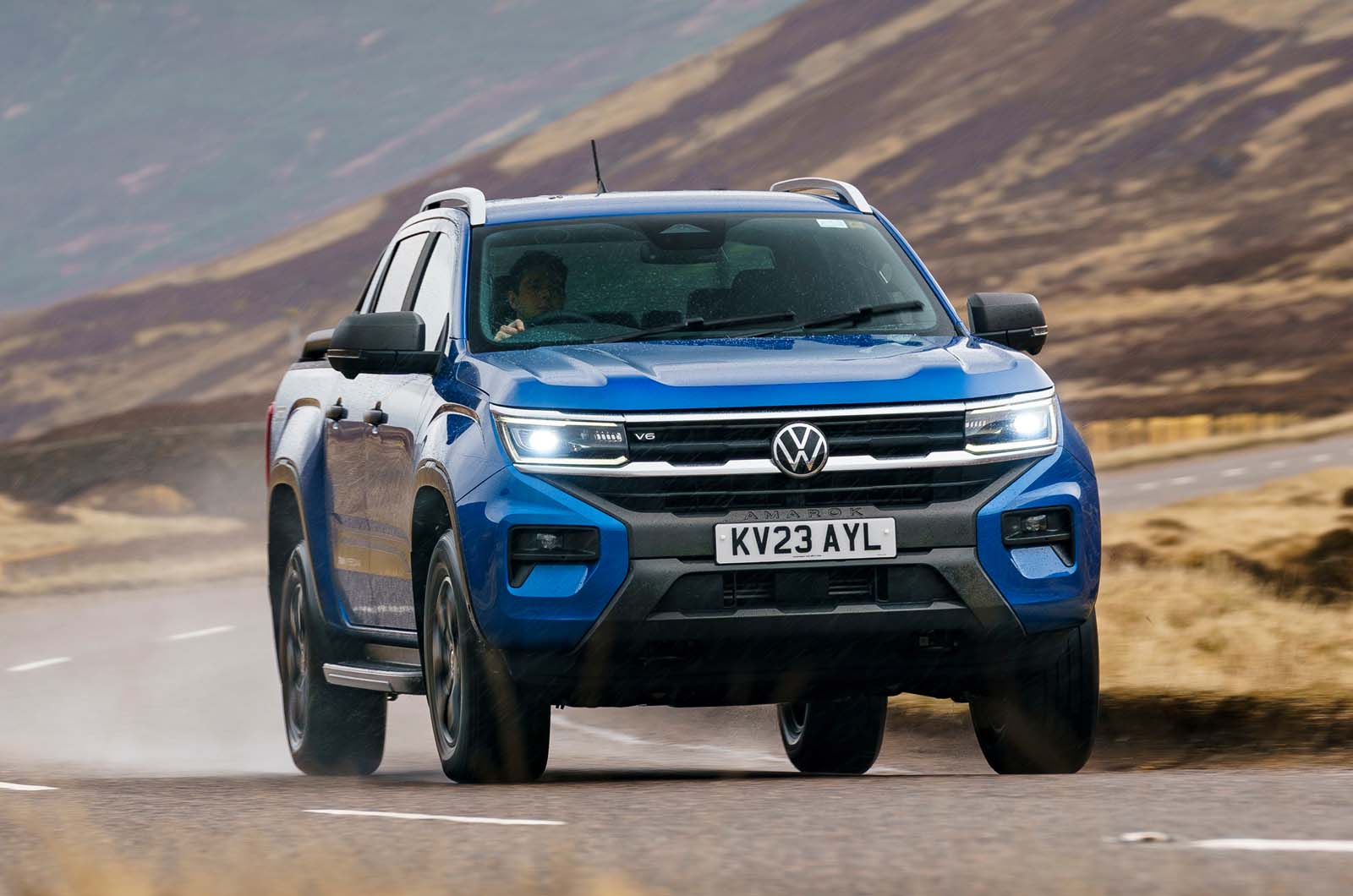The classy-looking, lifestyle-injected Volkswagen Amarok is far more than a run-of-the-mill pick-up truck.
Larger than the truck it replaces, built on entirely different mechanicals, and with a broader range of engines and trims, the Amarok is bidding to steal some of the market share away from leading competitors like the Ford Ranger and Toyota Hilux.
That’s an almighty challenge, considering the Ranger continues to top both British and European sales charts and the new plug-in hybrid variant will only help its cause further following the changes to BIK tax rules earlier this year.
The Amarok won’t inherit the PHEV powertrain – inherit being the keyword here, reader, because the Amarok is in fact a closer relation to the Ranger than its big VW badge suggests.
In the age of unexpected automotive industrial partnerships, it will come as little surprise that the Amarok borrows the lion’s share of its underpinnings from the Ranger, a result of a commercial vehicle tie-up between the two car giants.
But is the Amarok still a Volkswagen at heart, and does it offer enough car-like character to win over large SUV and commercial vehicle buyers alike?
The Volkswagen Amarok range at a glance
Entry-level Life trim opens the Amarok range and comes fitted with 17in wheels, LED headlights, a reversing camera and 10.1in infotainment screen. Power comes from either a 168bhp or 202bhp 2.0-litre turbocharged four-cylinder diesel engine, the latter available with a 10-speed automatic gearbox.




